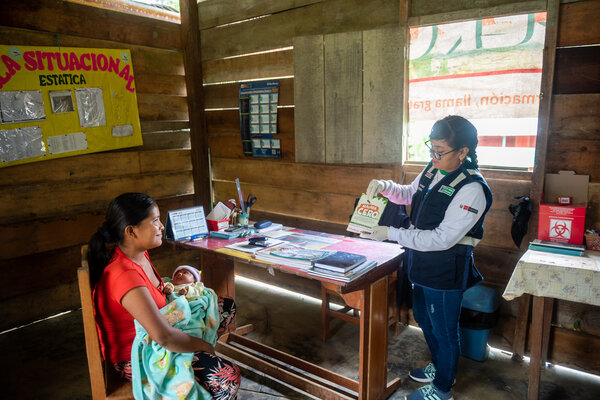Populations at risk
The population at risk of malaria is not only dependent upon age, but on the environment and human behaviour. People in occupations such as mining, forestry and agriculture have an increased risk of exposure to infectious mosquitoes. Living conditions such as keeping livestock close to the home and being outside in the early evening will have an impact as well, depending on the vector species. Economic disruption and conflict can also undermine malaria control efforts leading to outbreaks.
The interactions between human and the behaviour of the mosquito as a vector and between parasites and the human immune system lead, therefore, to a complex shifting pattern of risk depending on the specific setting.
High transmission areas
In areas of high P. vivax malaria transmission, children under 5 years of age (though all ages can suffer from the disease) and pregnant women are most at risk of P. vivax malaria.1 Partial immunity to the parasite appears to be acquired more quickly than for P. falciparum malaria, potentially because of the repeated exposure to parasites during relapses.
Low transmission areas
In areas of low transmission, all demographic groups have a similar risk for P. vivax malaria, presumably because infections are not sufficiently frequent to induce protective immunity.1 As malaria transmission declines, partial immunity will be acquired more slowly. Hence, the age profile of those at risk will shift and treatment and control measures may have to be modified to target a wider range of patient ages.


